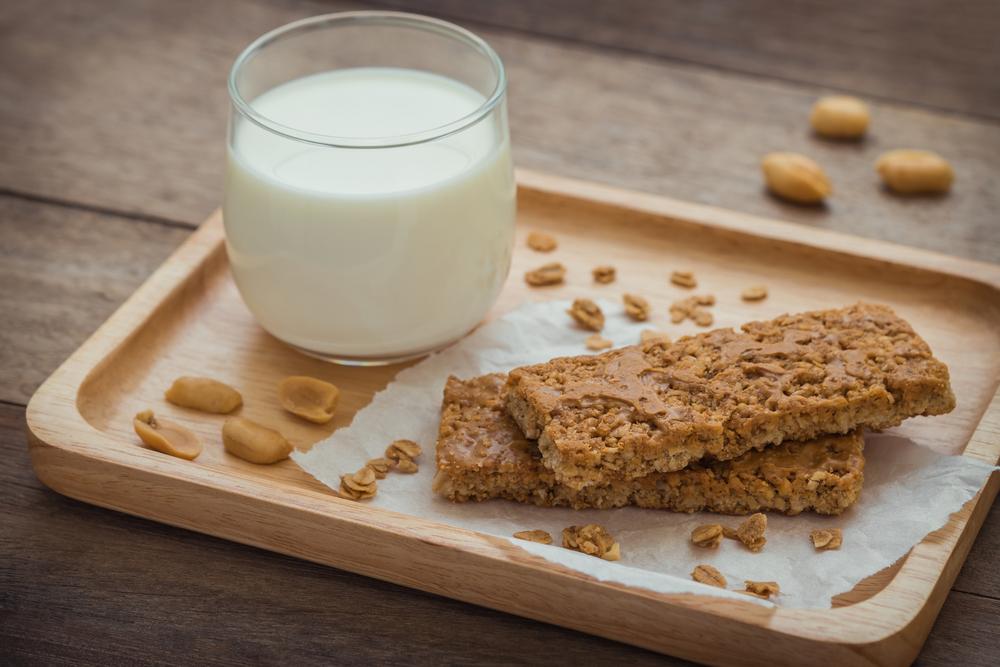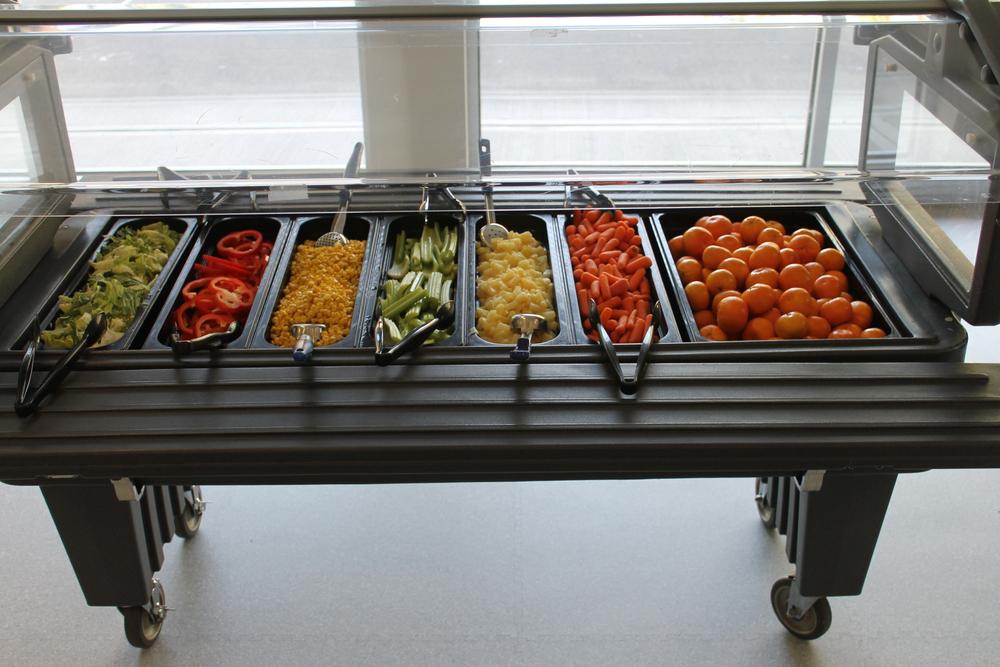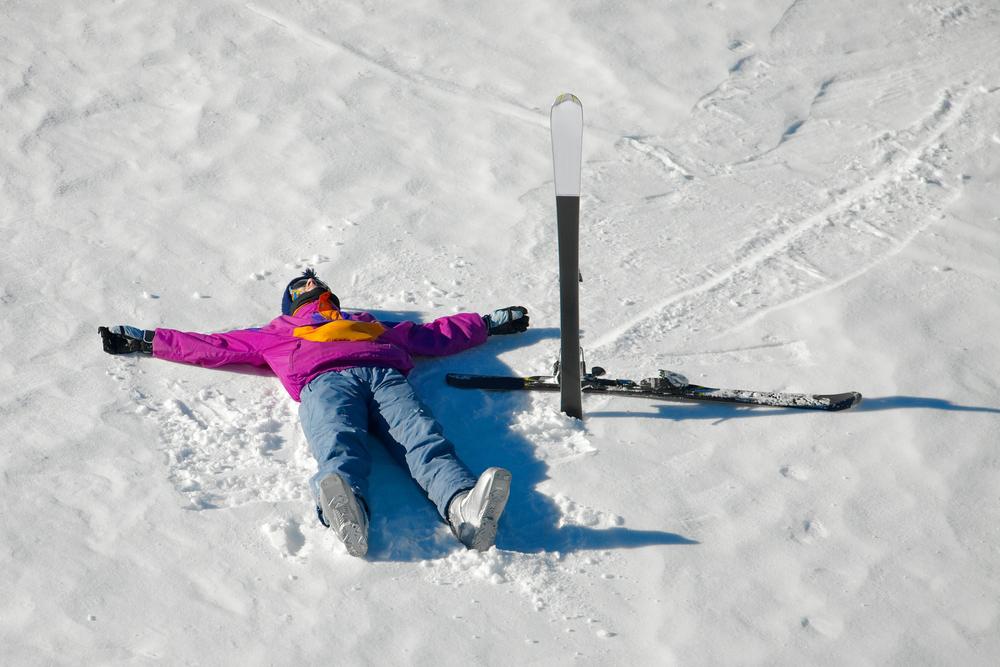 An athlete’s job isn’t finished once training has ended. Properly preparing for the next training or competition starts by fueling after a workout with foods that are optimal for recovery.
An athlete’s job isn’t finished once training has ended. Properly preparing for the next training or competition starts by fueling after a workout with foods that are optimal for recovery.
This resource provides you with examples of snacks to consume after a training to start your recovery process. Below, you’ll find recovery snack recommendations relative to your exercise intensity and body weight.
HARD TRAINING
- 2-3 sessions per day
- High volume and/or intensity training
- Intense training phases with focus on adaptation (e.g., heavy lifting, altitude training)
- Races, tournaments, time trails
NUTRITION GUIDELINES
Refuel immediately after each training session.
Include:
- Carbohydrates
- Fluid
- Electrolytes
- Protein
Continue refueling and rehydrating by consuming your next meal 1 hour later, followed by a snack 1 hour after that meal.
RECOVERY SNACKS
Athletes who weight <140 lbs. (choose one):
- Natural sports bar with 10-15 g protein + seasonal fruit + water
- 1 yogurt (regular) + 1 cup apple sauce + water
- 8 oz organic milk + 1/2 peanut butter and jelly sandwich + water
Athletes who weigh between 140-170 lbs. (choose one):
- Natural sports bar with 15-20 g protein + 20 oz sport drink
- 16 oz organic milk + sports bar with 10 g protein + water
- 1 yogurt + 1 cup apple sauce + 1/2 cup oats + water
Athletes who weight >170 lbs. (choose one):
- Natural sports bar with 10-15 g protein + 12 oz organic milk + water
- 16-20 oz local honey-sweetened, organic milk + water
- 1 yogurt + natural sport bar with 10-15 g protein + water
- Smoothie: yogurt + organic milk + seasonal fruit
MODERATE TRAINING
- 1-2 moderate sessions per day
- Technical/skill-based training
- 1 moderate to hard training session with >24 hours of recovery before the next training or competition
NUTRITION GUIDELINES
Refuel as soon as possible after the hardest training session of the day.
Include:
- Balanced snack of carbohydrates, protein, fluid, and electrolytes
- Eat next meal within 1-2 hours
RECOVERY SNACKS
Choose one:
- Natural sport bar + water
- Yogurt + apple sauce + water
- Organic fruit/milk/soy smoothie
- 8-12 oz organic milk + water
- Fresh seasonal fruit + almonds + water
- Peanut butter and jelly sandwich + water
- Smoothie: yogurt + organic milk + seasonal fruit
EASY TRAINING
- 1 easy session per day
- 1 technical/skill-based session
- Recovery day or off season
- Weight loss
NUTRITION GUIDELINES
Time is less critical
- Eat a healthy snack after training
- Eat a complete meal within 1-2 hours of training
RECOVERY SNACKS
Choose one:
- Water followed by next meal
- 8 oz home-brewed tea with honey
- Homemade granola bar + water
- Fresh seasonal fruit or homemade apple sauce + water
- Dried fruit with nuts + water
- Yogurt + water



